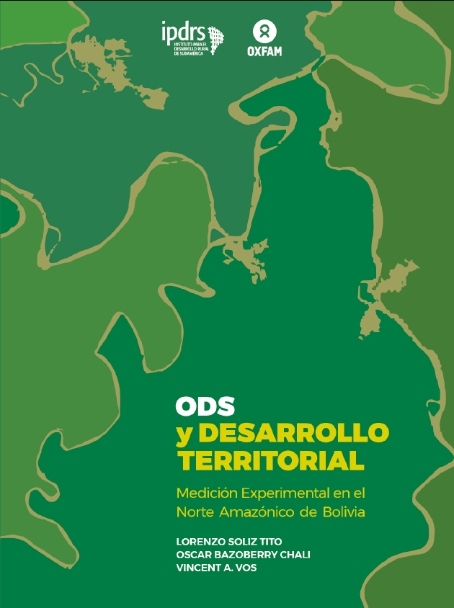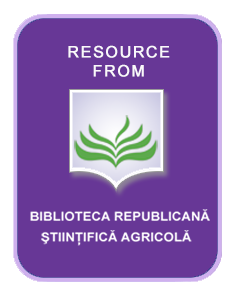Informe Latinoamericano sobre Pobreza y Desigualdad 2019, Juventud Rural y Territorio
Cada dos años, desde 2011, Rimisp – Centro Latinoamericano para el Desarrollo Rural, publica su Informe Latinoamericano sobre Pobreza y Desigualdad, como un aporte a la discusión sobre estas temáticas desde la perspectiva particular de la desigualdad territorial, una de las aristas menos abordadas del problema, y que impacta con especial fuerza a los sectores rurales de América Latina.






